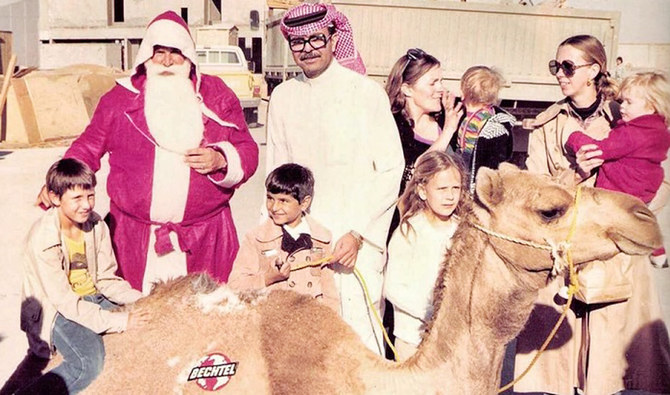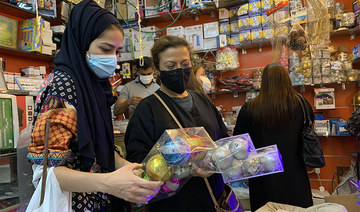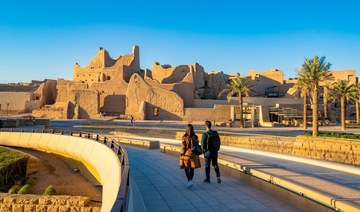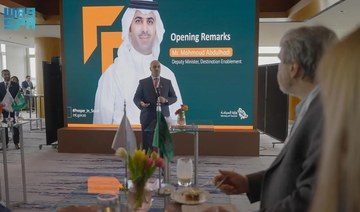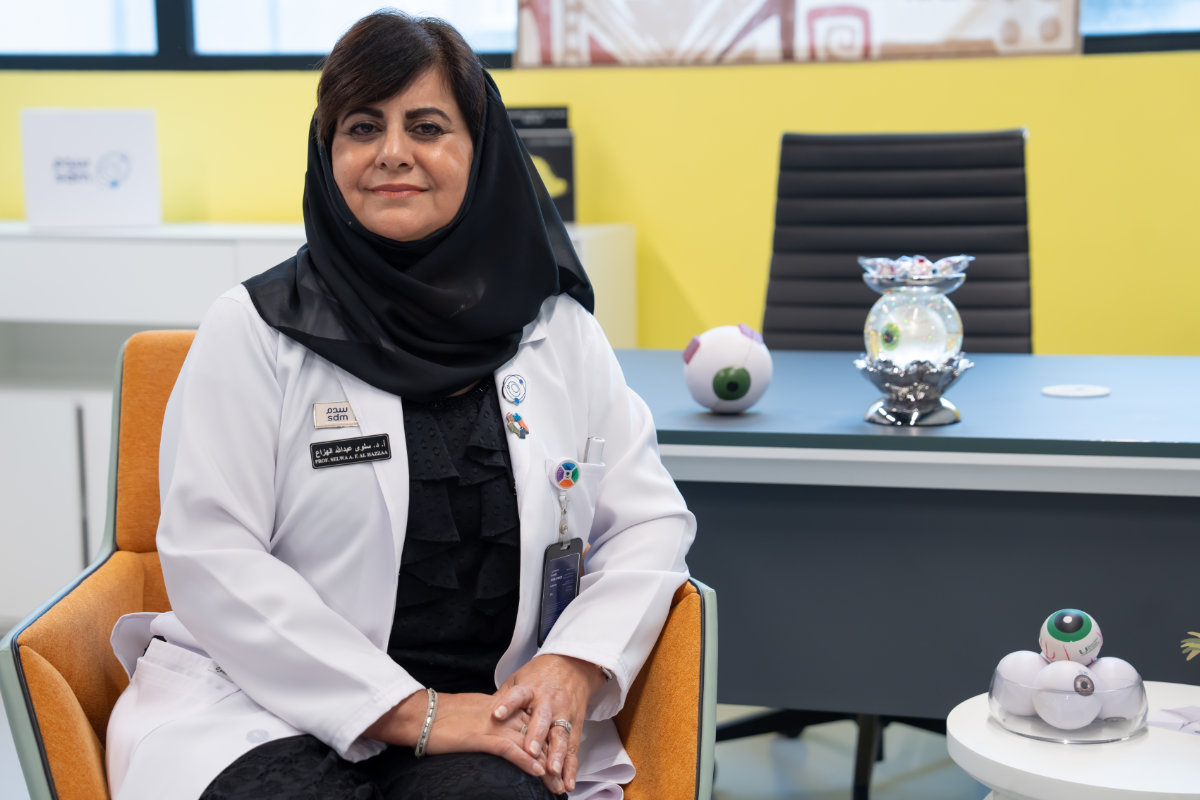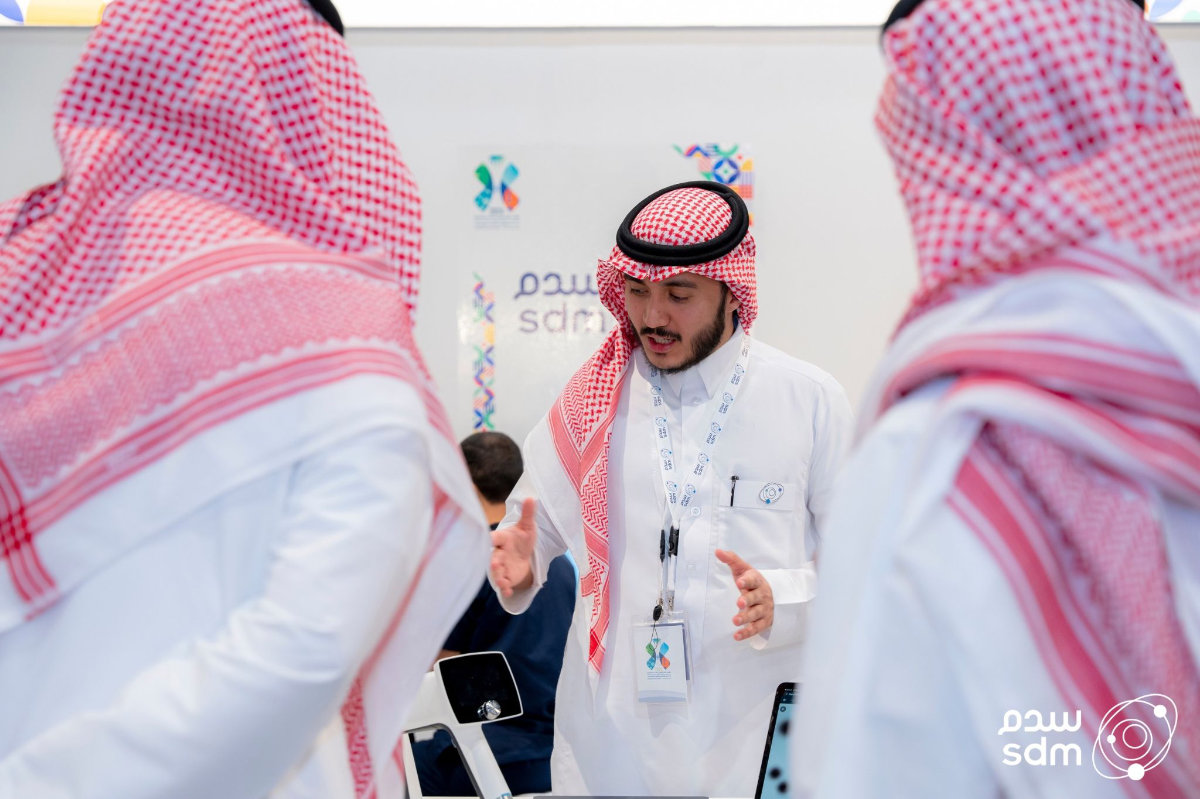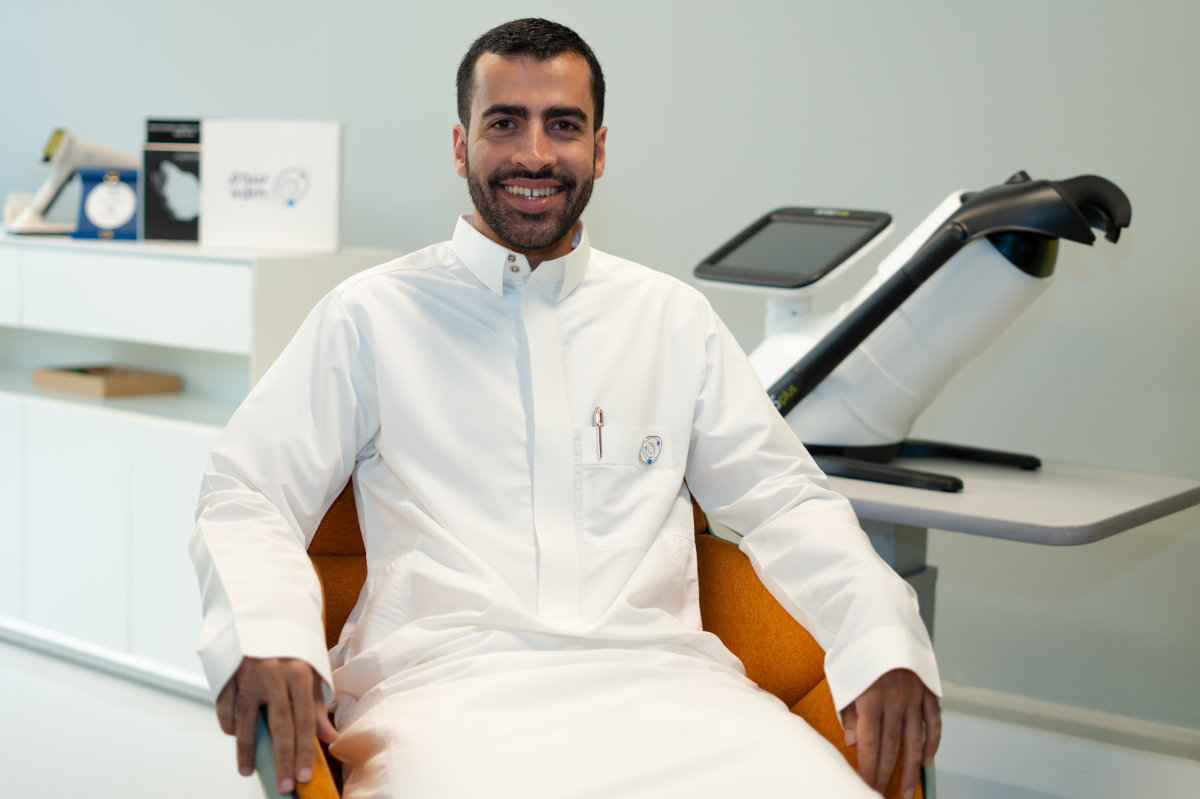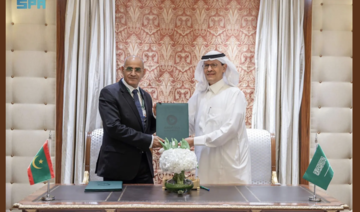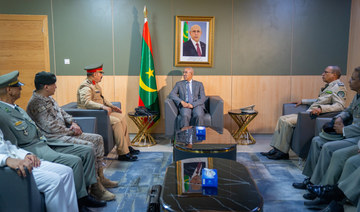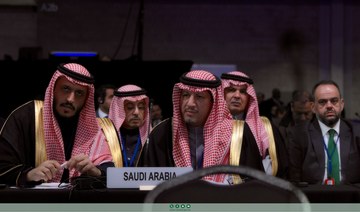JEDDAH: Expats in Saudi Arabia have been celebrating Christmas for decades, especially in the country’s Eastern Province, where Aramco foreign employees have freely marked the occasion among others.
Ali M. Baluchi, a retired Aramco executive, told Arab News that he used to help his company’s foreign colleagues prepare for their Christmas celebration.
“I remember when I was young, I assisted them decorate their buildings in preparation for the occasion. Inside Aramco, they were able to practice Christmas freely,” he said.
He added that he has recently sent letters to his old friends, most of whom are now retired, on Christmas, congratulating them on the occasion and reminding them of the old days. Wishing his friends joyous and beautiful holidays, Baluchi said in his letter: “I still recall the 1950s when I was engaged with some of you in decorating the Dhahran quarter-riyal banquet room for the New Year’s Eve.”
He added that he remembers the competition among the residents for the best decorated house in the community. “Those days were nice and beautiful and it reminds me of the good days we all shared and enjoyed together immensely.”
According to a print edition of the Saudi Aramco World, issued in 1975, celebrating Christmas in Dhahran and Ras Tanura was a tradition that went back to the late 1940s, when the first American families arrived after the Second World War.
The article added that another familiar custom was decorating windows and rooftops with wreaths, lights, reindeers, sleighs and snowmen — an artificial one, of course, since Dhahran’s lawns are at their greenest around Christmastime.

Santa used to come by helicopter from Dhahran, and then ride a camel down Surf Avenue with the entire camp lining the street. Dhahran was a melting pot of different cultures and religions. (Supplied)
Remembering his childhood in Saudi Arabia, Tim Barger, author of “Christmas in Khobar,” was 8-years-old when he used to live with his family at an Aramco residential camp.
He said that Alkhobar in the early 1950s was the most cosmopolitan city in eastern Arabia. In an article posted in Aramco ExPats, he said that the Saudis seemed to be relaxed about Christmas which they considered an Eid holiday for Americans.
“They knew it was a celebration of the birth of Jesus; he was respected within the Qur’an, and it seemed like a reasonable thing for Christians to commemorate,” he said. “The one thing that they couldn’t really comprehend was ‘how did the bearded, fat guy in a red outfit figure into this whole program?’ It was an endless source of fascination,” Barger, who died in 2018 at the age of 72, added.
In her article posted in January on Aramco ExPats, Anushka Bose, who grew up in Dhahran after her family moved to Saudi Arabia in 2006, wrote: “As I drove around the city of Dhahran, I saw houses with lights, wreaths, inflatables, and I thought to myself, how beautiful is it that so many religions and cultures live among Dhahran and yet during festive seasons like Christmas, Ramadan, Eid — we all come together to bring out the energy in the city.”
FASTFACTS
• In the Eastern Province, Aramco’s foreign employees have freely marked Christmas for decades.
• There used to be a competition among the residents for the best decorated house in the community.
She added that decorating the Christmas tree with her family is something she looks forward to for months.
“With Christmas music, chocolates, laughing about inside jokes, and spending grueling efforts to fit all the ornaments on the tree, it’s a very special time for my family.
“A parent’s greatest joy is to be in the company of their kids, especially during such a beautiful season, and I recognize this feeling every time I look at their faces. They lead busy lives, sometimes full of uncertainty, but always have enough energy and affection left to make the best of each day,” Bose said.
In her Aramco ExPats blog, Bose published her interview with Adrienne Costas Belaire, who had grown up between Ras Tanura and Udhailiyah as a child. She asked her about her favorite memories from her childhood in Aramco.
“The memories of Halloween and Christmas were the best. Santa used to come by helicopter from Dhahran, and then ride a camel down Surf Avenue with the entire camp lining the street, it was very cool,” she said. “And Halloween was huge; the camp was completely full of expats who were mostly Americans, and we used to take out pillowcases to collect all our candy, and we had a huge costume parade, too.”






